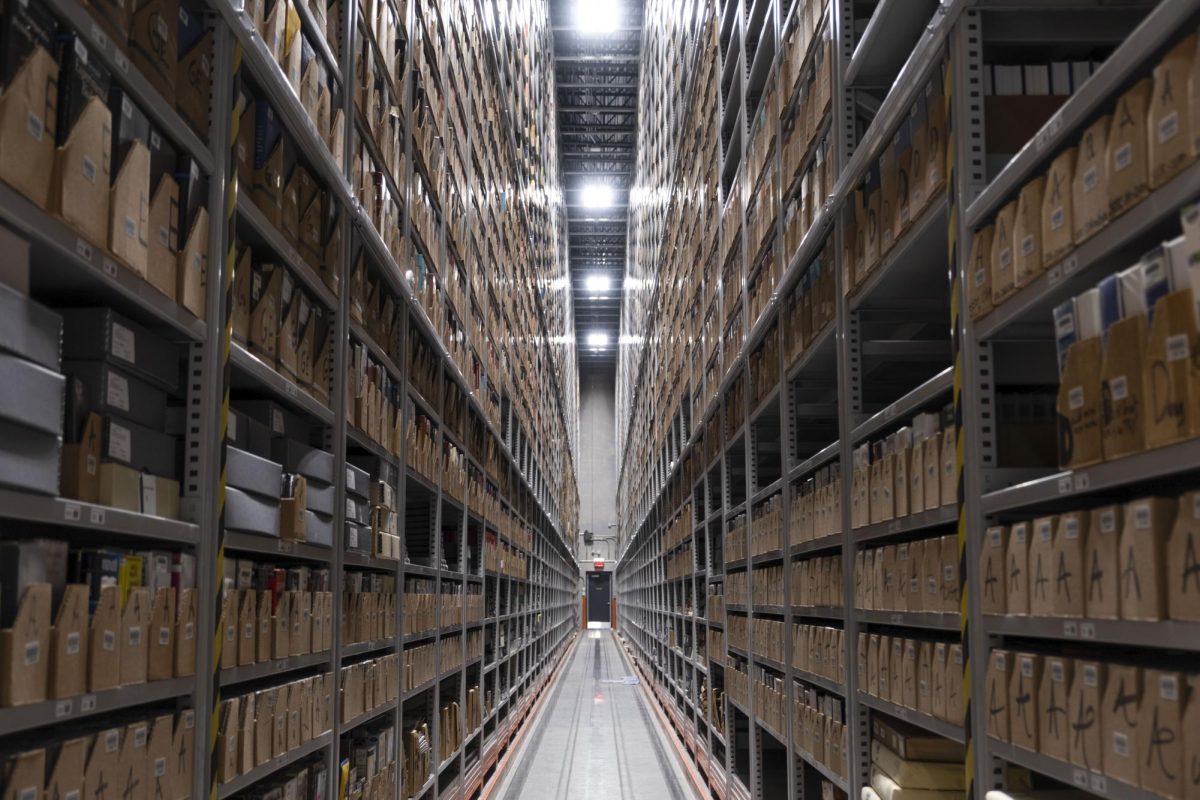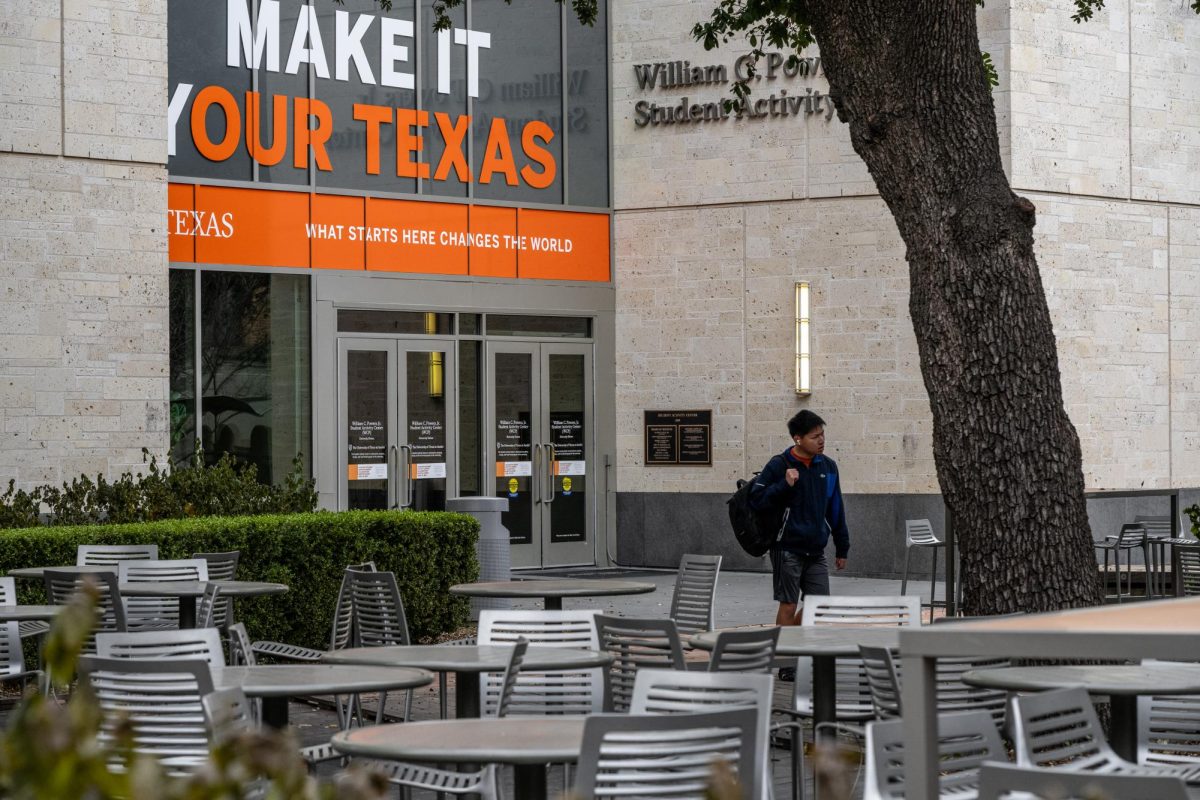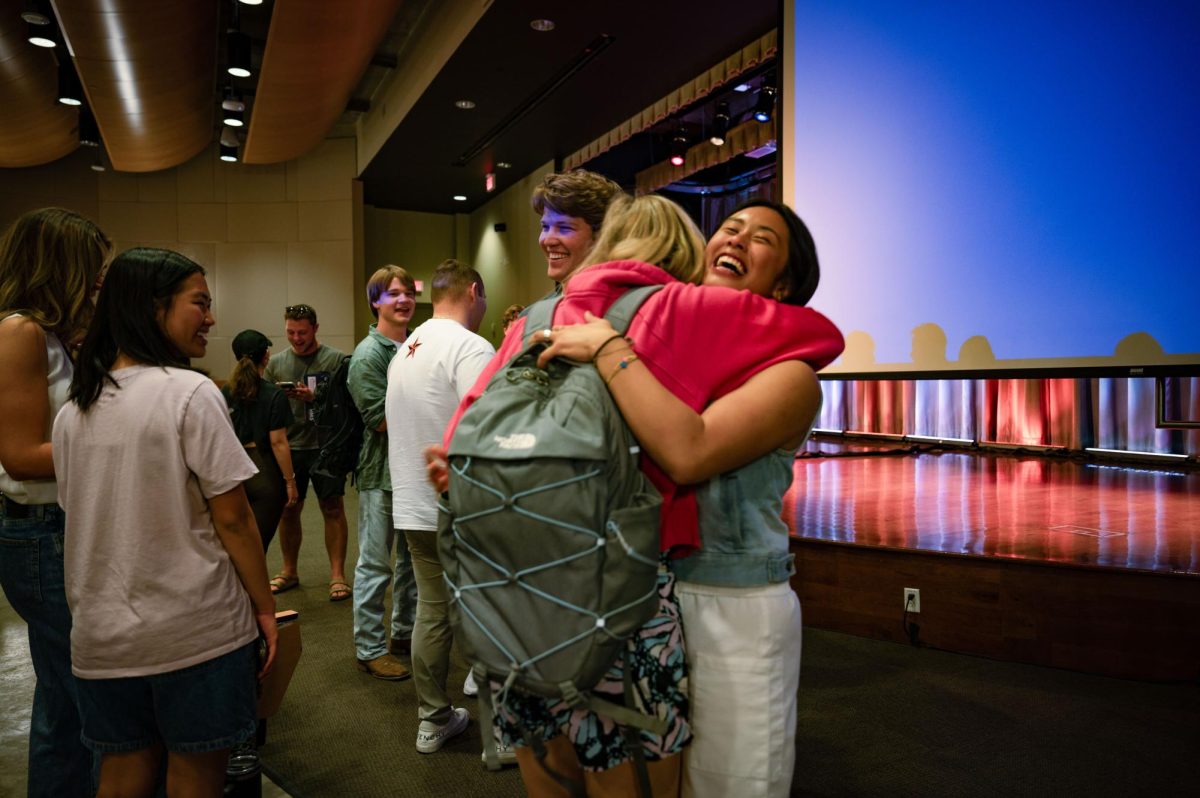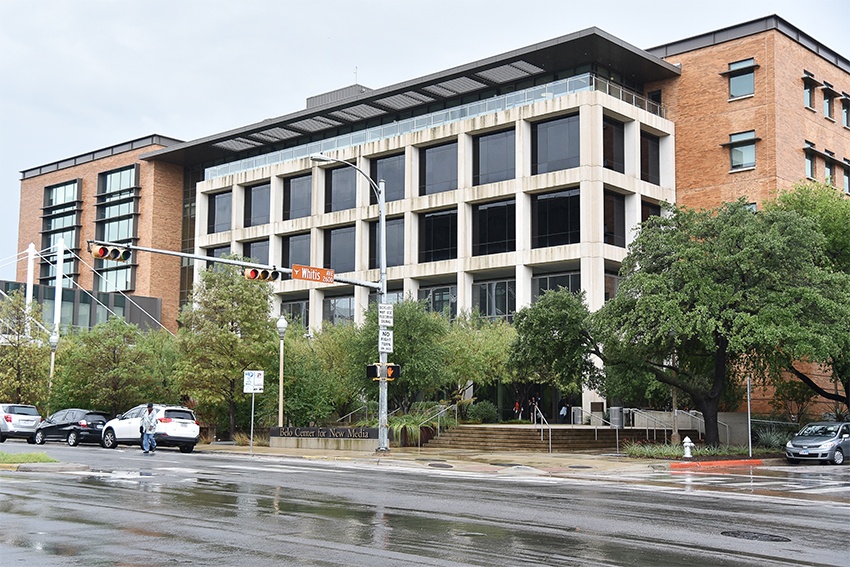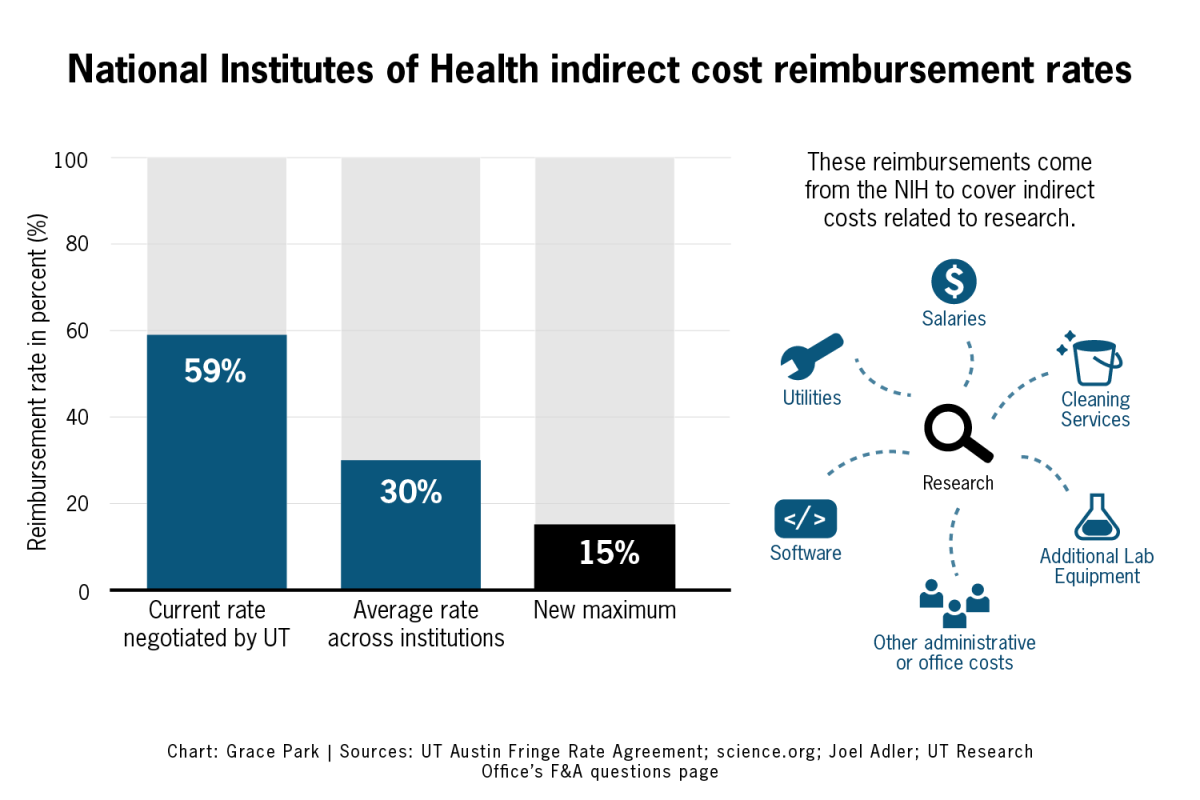At the UT Library Storage Facility on the J.J. Pickle Research Campus, books of all sizes and ages consume towering shelves. With three book modules filled with over 2 million books, the LSF plans to open a fourth by early 2025.
The storage facility opened in 1992 to combat the lack of space on campus and follows the “Harvard Model of library storage. This means it is a high-density facility, with each book module, or section of the warehouse, holding four aisles of shelves. The books are organized by size instead of author or content.
“When UT Libraries started to be pressed for space, the library administration worked with the campus administration on a more forward-thinking plan than simply building just enough storage to accommodate what was needed at the time,” said Jennifer Lee, director of discovery and access for UT Libraries.
Stewarding collections for the Harry Ransom Center and Dolph Briscoe Center for American History, the LSF houses books dating back to the 16th century. Each module must be kept at 55 degrees Fahrenheit with 35% humidity to keep the books in good condition.
“(The facility) is not a glitzy or Harry Potter-ish looking library setting, but it actually is a setting where the items that are stored here will be here for centuries longer than items stored in other conditions,” Lee said. “UT has invested a lot into its library collections and caring for them in a way that basically ensures they will be available for future generations of students and scholars.”
The second and third book modules were built in 2008 and 2017. The fourth module comes after some delay due to the COVID-19 pandemic. This new module will be 50% larger than the other three.
“People will be able to interact with this facility in a little different way after 2025,” said Wendy Martin, assistant director of stewardship for UT Libraries. “(Module 4) is made for objects, paintings and things that are a little different than our traditional on-the-shelves.”
Students can utilize the LSF by submitting a “Get a Scan” request on the UT Libraries website for whatever material they need. The facility will then digitize the material requested and send it directly to the student. The new module includes plans for more digitization opportunities.
“As we build (module) four, this (digitization) department will expand and become more prominent because that’s just the way libraries are going,” LSF manager Benjamin Rodriguez said.

